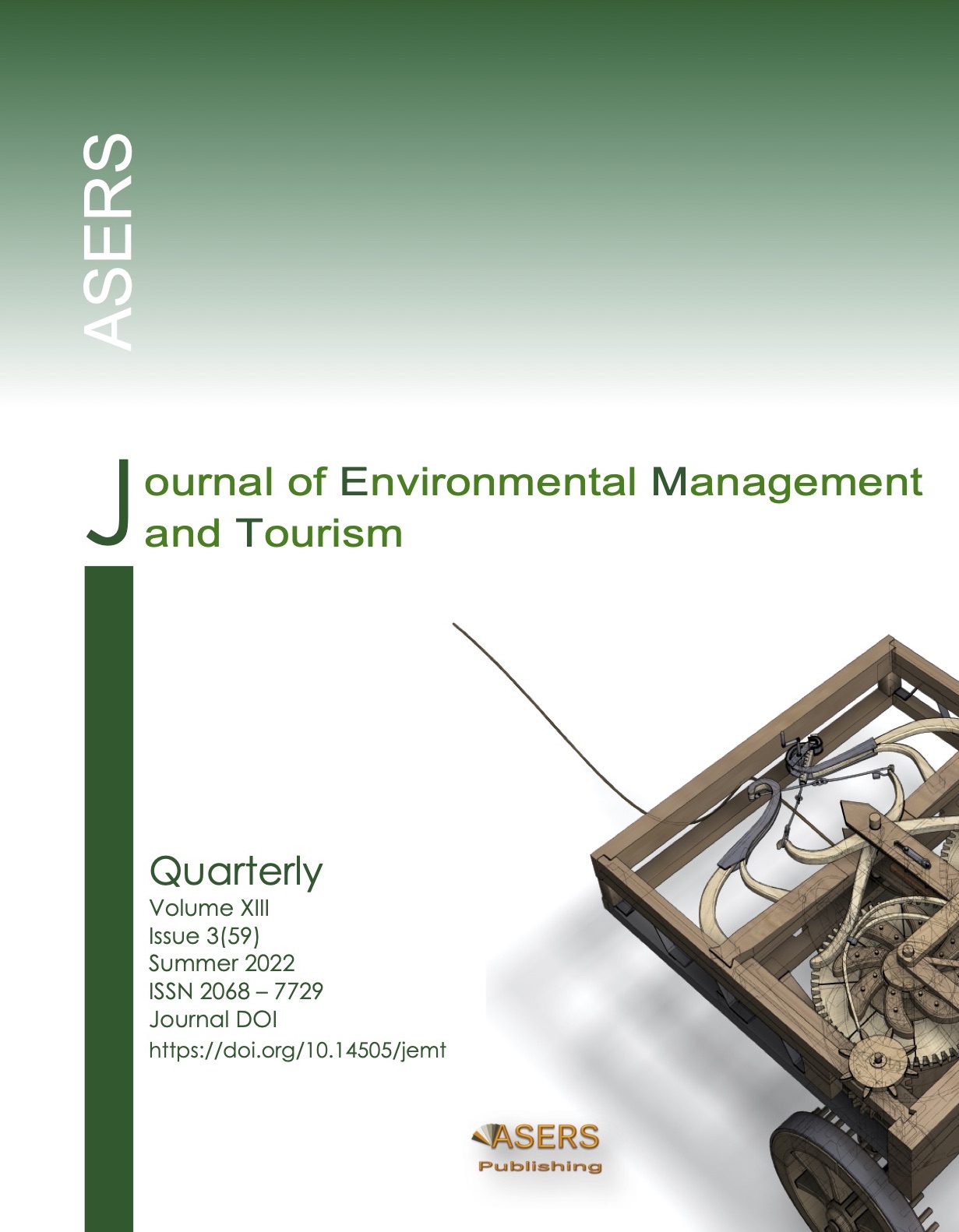The Impact of the Comprehensive Ban Due to the COVID-19 on the Quality of Ambient Air in Jordan. Study for 15th March to 15th April of 2020 Period
Abstract
This research deals with the impact of the comprehensive ban due to the COVID-19 pandemic during the period from (15th March 2020) until (15th April 2020) on the quality of the surrounding air in Jordan, where it highlighted the extent to which air quality is protected in international conventions and Jordanian legislation, and showed the role of Jordanian government measures taken to confront the Corona virus in reducing ambient pollutants in the surrounding air in Jordan, whereas the research dilemma lies in addressing the impact of government decisions during the COVID-19 pandemic period on reducing emissions and improving ambient air quality in main cities in Jordan, the research also concluded several results and recommendations, the most important of which is improving the ambient air quality that recorded in most monitoring centers in Jordanian cities as a result of the precautionary measures taken by the Jordanian government to limit the spread of the COVID-19, as the pivot of these measures was the closure of most industrial activities, the prevention of transportation between governorates, and the commitment of millions of the Kingdom's residents to their homes, which led to a decrease in the percentage of emissions resulting from vehicle exhaust, and industrial, commercial.
References
[2] Al Gharaibeh, S., and Yahya Farhan. 2000. Introduction to Environmental Sciences. Dar Al-Shorouk for Publishing and Distribution.
[3] Al-Haf, R. 1998. The human right to a healthy environment in the general international law. PhD diss., Cairo University,
[4] Alhendi, N. 2022. The Role of International Legislation in Protecting the Environment. Journal of Environmental Management and Tourism, 1(57): 174 – 180.
[5] Emar, O., and Abu Issa, H. 2021. The Legislative Shortcomings Aspects in the Jordanian Environmental Law. Comparison with International Law. Journal of Environmental Management and Tourism, 7(55): 1850-1860. DOI: https://doi.org/10.14505/jemt.v12.7(55).10
[6] Goren, A. et al. 2021. Effect of COVID-19 pandemic on ambient air quality and excess risk of particulate matter in Turkey. Environmental Challenges, 5: 100239. DOI: https://doi.org/10.1016/j.envc.2021.100239
[7] Khanfar, A. 2010. Environmental Pollution: Air-Water-Food. Al-Yazuri Scientific House.
[8] Malkawi, Bashar. 2008. The Scientific Fundamentals of Writing Legal Research PhD and Master's Theses, Bar Association Research, Judicial Institute Research and Student Research, Conferences and Seminars. Dar Wael for Publishing and Distribution, Amman.
[9] Pan, X. et al. 2021. Impact of COVID-19 on Extremely Polluted Air Quality and Trend Forecast in Seven Provinces and Three Cities of China. Front. Environ. Sci, 9: 770900. DOI:https://doi.org/10.3389/fenvs.2021.770900
[10] Ravindraa, K. et al. 2022. COVID-19 pandemic: What can we learn for better air quality and human health?” Journal of Infection and Public Health, 15(2): 187-198. DOI: https://doi.org/10.1016/j.jiph.2021.12.001
[11] Sharq, AA. 1999. Environmental pollution, present and future. Alexandria Book Center.
[12] Shehata, H. 2002. The Air Pollution, The Silent Killer, and how to confront it. Al Dar Al Arabiya Book Library.
[13] Silva, A., Branco, T.B.S. and Sousa, I.V. 2022. Impact of COVID-19 Pandemic on Air Quality: A Systematic Review. Int. J. Environ. Res. Public Health, 19(4): 1950. Available at: https://www.mdpi.com/1660-4601/19/4/1950
[14] Zerbani, A. 2019. International Responsibility for Environmental Pollution Damage. PhD diss., University of Abu Bakr Belkaid.
[15] Zhang, T., and Tang, M. 2021. The Impact of the COVID-19 Pandemic on Ambient Air Quality in China: A Quasi-Difference-in-Difference Approach. Int. J. Environ. Res. Public Health, 18(7): 3404. DOI:https://doi.org/10.3390/ijerph18073404
Copyright© 2025 The Author(s). Published by ASERS Publishing 2025. This is an open access article distributed under the terms of CC-BY 4.0 license.
